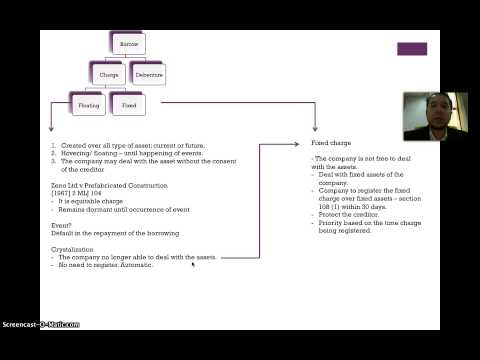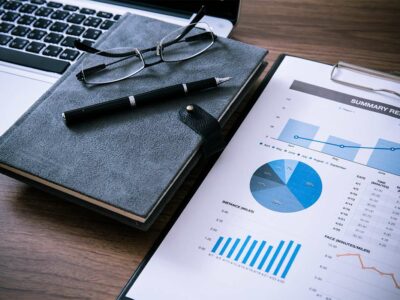For example, in a scatter plot where data points are graphed, outliers are visually identifiable. In a box plot, outliers are found by using equations to find if they exceed defined norms. To easily visualize the outliers, it’s helpful to cap our lines at the IQR x 1.5 (or IQR x 3).
Cross won’t pass the eye test when he meets with teams in person throughout the draft process. But any evaluator who has studied his tape, specifically against Duke or USC, won’t be able to quit him that easily. At 6046 (6 feet 4 3/4 inches) and 311 pounds, Barton looks the part, even if his arms fall short of certain thresholds. Personally, I think Barton’s talent will be maximized inside at guard or center. He played center as a true freshman at Duke, so we have evidence he can handle those duties. Barton says he wants to play left tackle in the league, though, and there are several in the NFL scouting community who think he should be given the chance.
- To find Q3, you need to take the average of the 6th and 7th values.
- You can use the IQR to create “fences” around your data and then define outliers as any values that fall outside those fences.
- Sometimes outliers might be errors that we want to exclude or an anomaly that we don’t want to include in our analysis.
- If then it were an outlier, it would quickly bounce back up above the red-dashed line and resume following its established trend.
According to NFL scouts, Newton’s arms measured right at 32 inches in the spring. Over the last eight years, there have been 44 defensive tackles drafted in the top 70 picks, but just two of them (Calijah Kancey and Ed Oliver) had arms at 32 inches or shorter. You don’t need to know Sainristil’s jersey number (No. 0) when watching the Michigan defense, just look for the smallest Wolverine on the field.
There is not a hard and fast rule about how much a data point needs to differ to be considered an outlier. As a result, there are a number of different methods that we can use to identify them. You can use software to visualize your data with a box plot, or a box-and-whisker plot, so you can historical cost definition see the data distribution at a glance. In most larger samplings of data, some data points will be further away from the sample mean than what is deemed reasonable. Outlier points can therefore indicate faulty data, erroneous procedures, or areas where a certain theory might not be valid.
Grammar Checker
It’s more useful to ask if that change is an an outlier event or a warning signal indicating order is breaking down in the stock market. If you’re not sure if an outlier results from an error, your first instinct shouldn’t be to remove it. The outlier may provide some important insights about your data, and if you remove it, those insights will be lost. A better solution would be to adjust your method of analysis and to think carefully about why the outlier exists. You might also choose to run your analysis with and without the outlier and present both sets of results for the sake of transparency.
Similarly, if we add 1.5 x IQR to the third quartile, any data values that are greater than this number are considered outliers. The interquartile range is what we can use to determine if an extreme value is indeed an outlier. The interquartile range is based upon part of the five-number summary of a data set, namely the first quartile and the third quartile. The calculation of the interquartile range involves a single arithmetic operation. All that we have to do to find the interquartile range is to subtract the first quartile from the third quartile. The resulting difference tells us how spread out the middle half of our data is.
This type of chart highlights minimum and maximum values (the range), the median, and the interquartile range for your data. An outlier exists outside of what is considered normal or average for a population. In math or science, outliers are anomalous data points within a dataset. One of the reasons we want to check for outliers is to confirm the quality of our data.
S&P 500 Decline Below 200-Day Moving Average Not Even An Outlier
Here are some frequently asked questions about the outlier formula. For example, say your data consists of the following values (15, 21, 25, 29, 32, 33, 40, 41, 49, 72). The Interquartile Range (IQR) is the distance between the first and third quartile. Subtract the first quartile from the third quartile to find the interquartile range. From the co-founder of MasterClass, earn transferable college credits from the University of Pittsburgh (a top 50 global school). The world’s best online college courses for 50% less than a traditional college.
If a data point (or points) is excluded from the data analysis, this should be clearly stated on any subsequent report. You want to again split this half set into another half, with an equal number of two values on each side. You’ll get a unique number, which will be the number in the middle of the 5 values. Since there are 11 values in total, an easy way to do this is to split the set in two equal parts with each side containing 5 values.
He was drafted a full round later than he should have been, though, primarily because he fell short in both the size and speed categories. Cross has large, violent hands (10 5/8 inches) and understands how to leverage his power to create movement and separate from blocks. His short-area agility allows him to redirect and close, and even though he plays a ton of snaps, his candle stays lit. Cross is one of only four FBS interior defensive linemen with 25-plus pressures this season.
Run a free plagiarism check in 10 minutes
Other outliers are problematic and should be removed because they represent measurement errors, data entry or processing errors, or poor sampling. But each outlier has less of an effect on your results when your sample is large enough. You have a couple of extreme values in your dataset, so you’ll use the IQR method to check whether they are outliers.
Step 5: Calculate your lower fence
We find that through Friday, October 20, 2023, the level of the S&P 500 is neither an outlier nor has the current period of relative order for the index broken down. Though stylistically similar to Branch, Moore isn’t on the same level as a prospect and likely won’t be drafted until Day 3. But his versatility and nickel experience make him NFL-ready for a role most teams will be looking to address on draft weekend.
On film, Cowing stands out for his speed but not as much for his size. This spring, scouts measured him at 5 feet 8 3/8 inches and 157 pounds. That shows at times, especially in contested windows where defensive backs can more easily affect the catch point. When NFL teams go shopping for offensive skill players, they usually don’t spend much time down the New Hampshire aisle. That’s not meant to be a shot at the UNH program, but it hasn’t had a running back, wide receiver or tight end drafted since World War II.
Can there be a negative outlier?
In many cases, the “too far” threshold will be +3 to -3, where anything above +3 or below -3 respectively will be considered outliers. You can read more about the different types of data visualizations in this article, but here are two that a data analyst could use in order to easily find outliers. In a real-world example, the average height of a giraffe is about 16 feet tall.
In some cases, it’s clear that outliers should be removed as errors. In others, it may come down to standards or judgment calls where outliers are a natural deviation. Outliers can occur by chance in any distribution, but they can indicate novel behaviour or structures in the data-set, measurement error, or that the population has a heavy-tailed distribution. The outlier formula is a commonly used and straightforward method, but there are other ways to identify outliers. Statisticians will often plot their data on graphs such as box plots and scatterplots to identify outliers.







